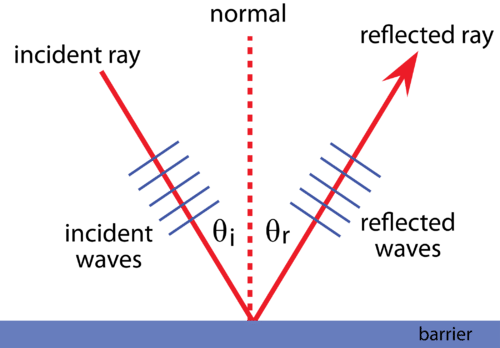Waves:
What is a wave?
Are there different types?
How do they move?
Are there any cool properties of waves?
How is this its own unit?
Will we be learning about water?
In this unit we will explore waves energy. This unit corresponds to pages 375 - 449 in the text if you brought your book home. We will learn about the different types of waves. This will include optics and acoustics.
Energy is transferred from one place to another in a variety of ways. This unit will focus on energy moving by way of waves. Waves transmit energy from one place to another without changing the thing they travel through. There are two major classification of waves and two minor ones. Grab a slinky or rope and see if you can find all of them at home.
Surely you found the transverse wave:

It does not matter whether the waves move up and down or side to side. What makes these waves is that the particles in the medium the wave travels through moves transverse (perpendicular) to the direction to the energy moving.
Here is another one:

Please note that the little dots are just moving up and down (transverse to the direction the energy is moving).
The electromagnetic spectrum (i.e. light) moves in a transverse wave. Let’s explore optics.
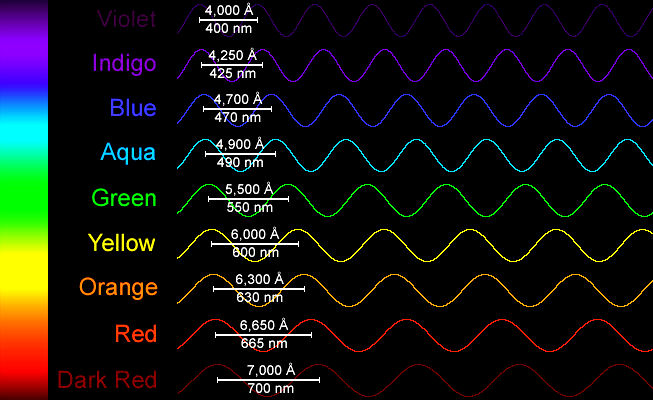
Here are the parts of a wave:

The crest (top) and trough (bottom) define the amplitude (height). Amplitude is how much energy is being transmitted (brightness, volume, etc.). The distance between two crests or troughs is the wavelength and defines other properties of the wave (color, pitch, etc.)
The second major type of wave is longitudinal (compressional):


Sound moves in longitudinal waves. Let’s explore sound. Can you see something before you hear it? What is it that everything you hear has in common? Make some noises (don't drive your parents nuts).

Notice that these waves have parts, too.
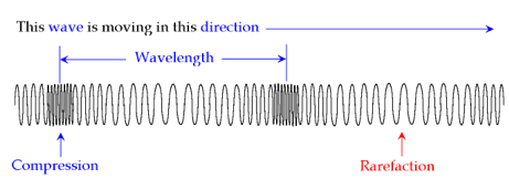
More minor waves include Rayleigh and Love waves:
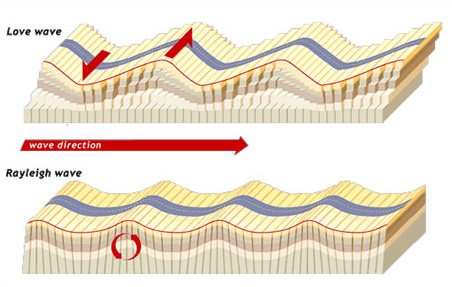
Water moves as a rayleigh wave. Earthquakes make love waves (as well as the others).


Notice that the particals move in circles (think of a buoy in the ocean).
Love waves are also circles, but without any forward and back motion:
 These can be hard to visualize, but easy to make with a rope...
These can be hard to visualize, but easy to make with a rope...
The important parts of a wave are:
Wavelength - this is the distance from one crest to the next crest (or trough to trough). This determines so much about the wave! It is the difference detween radio waves, X-rays, and visible light! It is the pitch that you hear. This is related to frequency and period.
Amplitude - this is the height of the wave and determines how much energy the wave transmits (how loud the noise or bright the color).
A wave's period is the amount of time is takes for one wave to move past a spot.
A wave's frequency is the number of waves that move past a spot in a unit of time.
Just as you can hit and affect an ocean wave, all waves can be disturbed. The interference can be constructive (they build up), destructive (they get smaller), or one that shifts the wave length. Waves can bounce and bend.
When a wave hits another surface, it can reflect (bounce off), or refract (bend its direction).
Reflection:
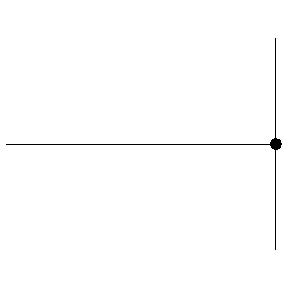

Did you see this with your rope waves?
If the reflecting surface is fixed, the reflection is reversed.
The waves direction can also bend. This is called refraction and happens when the wave goes into a different medium:

This can cause some cool effects.
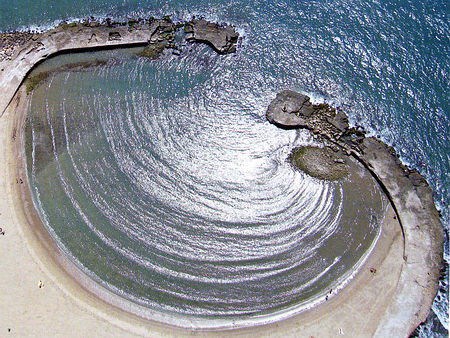
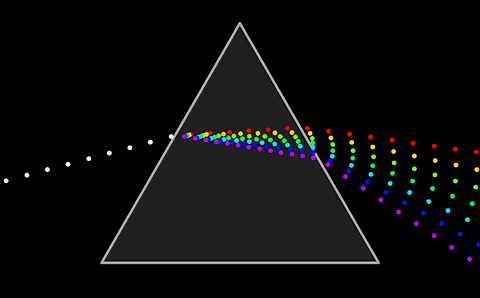
Make an optical effect using refraction at your home. There are many examples of this from a straw in a glass of water to making a penny disappear at the bottom of a glass of water.
When two waves hit each other, they interfere depending on how they waves line up:

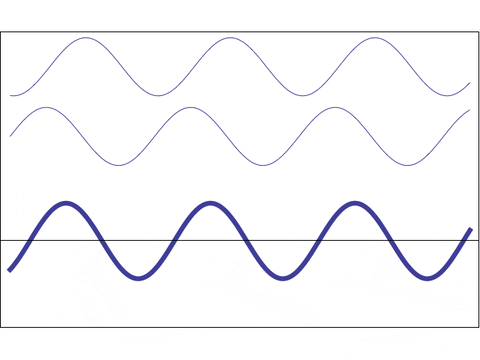
This can cause some really cool effects.


If the source of the waves were to move, the waves' wavelengths would get shortened at the front and lengthened at the rear. This is called the Doppler Effect and allows us to see if something is moving:
Here is a gif of the doppler effect:
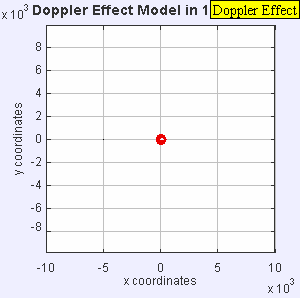
This is more pronounced the faster the moving object.
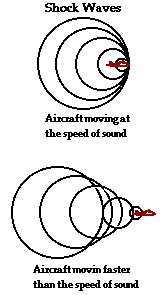
When a wave is not moving, it is called a standing wave.

Now that we have learned about waves in general, let us look more closely at some examples:
Light:
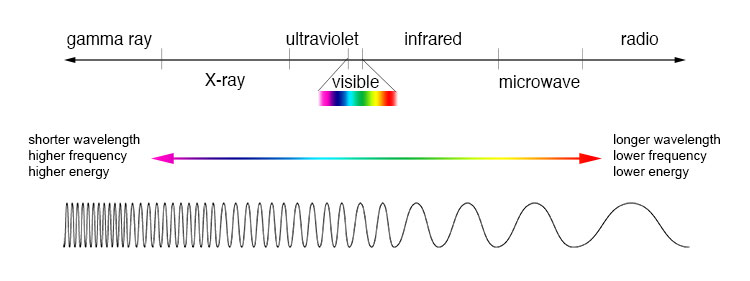
Sound:
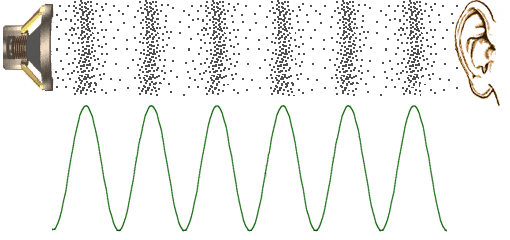
Water:
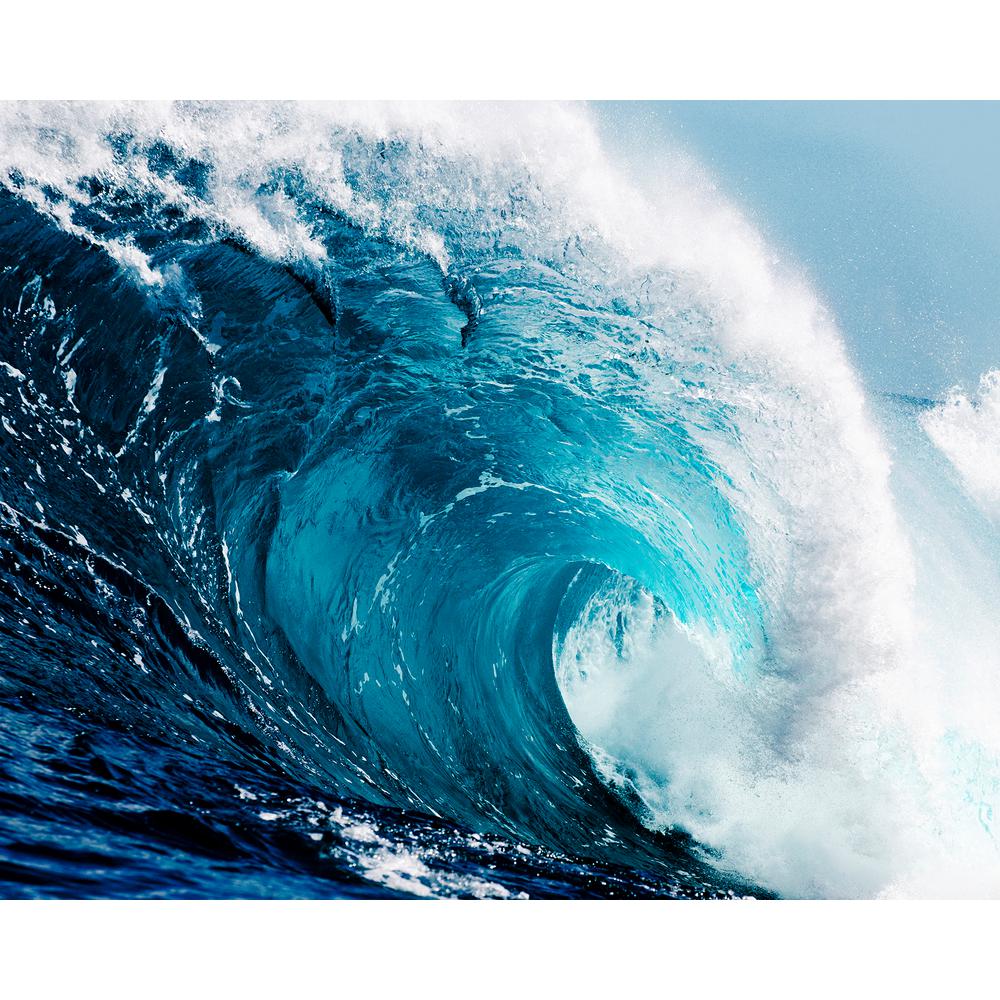
This is actually a dying wave that tripped and is falling on its face. A better water wave looks like this:

The water looks like that first one only once the bottom of it catches the ground and it falls over. But that is what happens near the shore where you probably have seen them.
Are you ready for the test on waves?
What is a wave?
Draw and label a wave.
What are the important parts (wavelength, amplitude, crest, and trough)?
Draw the types of waves.
Describe the doppler effect.
What is the difference between reflection and refraction?
What is the difference between constructive and destructive interference?
What forms does the electromagnetic spectrum come in?
If you have enjoyed the topics in this unit, feel free to investigate further. Here are some ideas. These are NOT required, but I hope you have fun and delve into some of them:
There are other types of waves besides the ones we talked about. What are they? How are they different from the three we learned about.
Optics is fun. Play around with light waves more. Create lenses. How do glasses work? Explore optical illusions. Use mirrors and magnifiers. Can you make a rainbow?
Explore acoustics. Sound waves are longitudinal waves. Take apart a speaker to see how it works. Listen to “surround sound”--why does that work. Look into Bose’s sound room or Heathrow's antisound lounges.
Create a demo / visual to explain the doppler effect. Build something that other Riversiders can use to understand this complex idea that moving changes the waves.
I demonstrated a standing node. What factors are affect those nodes. I would love to get three nodes. How can I do it?
